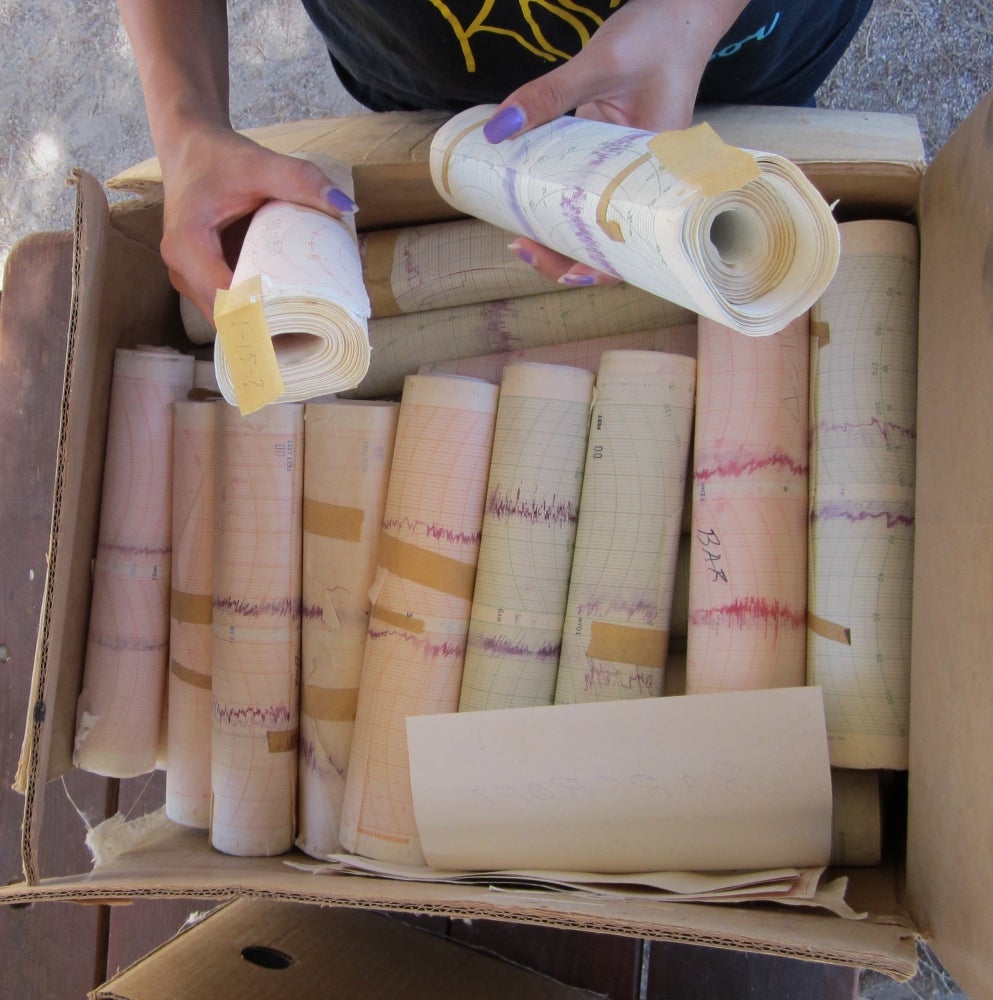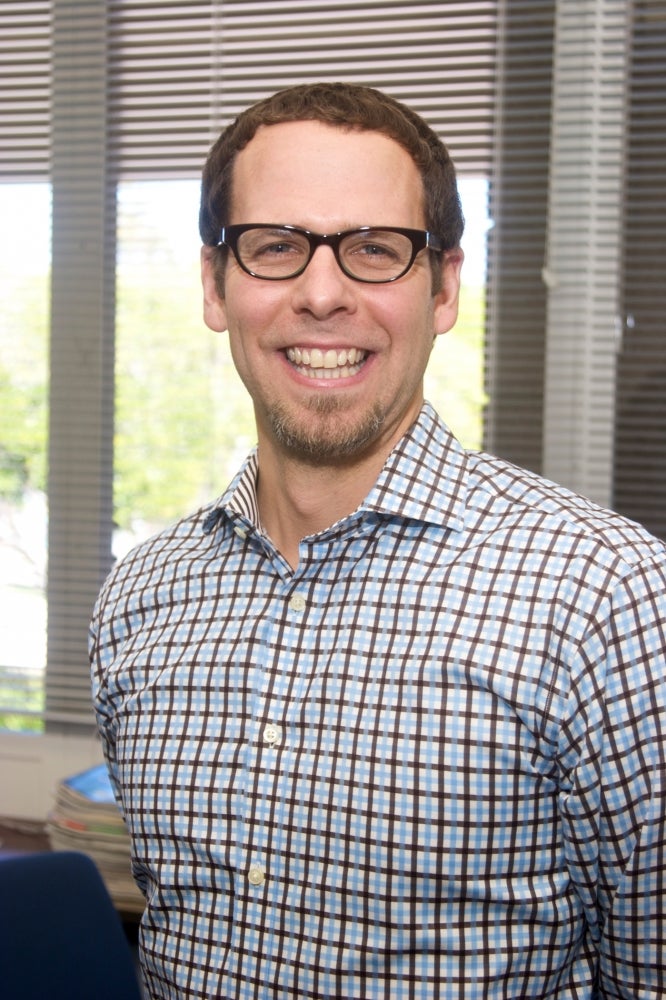
Nature Stories



Say you’re an ecologist studying the biodiversity of plant communities on a coastal nature preserve. If you knew the land had once been used for ranching and agriculture, would it change the questions you asked? And would it change the answers?
Yes, almost certainly, on both counts. For the richer perspective that they provide, that’s what makes land-use records so valuable to researchers. And it’s not just scientists who benefit. In the hands of a historian, the same information could help paint a broader picture of how such places arrived at their current state.
Scientists and historians alike are reaping scholarly dividends from a massive effort to collect, describe and archive land-use records and historical materials of all kinds from across the University of California Natural Reserve System (NRS). Seeking to inform the future by preserving the past, the NRS History & Archive Project is the brainchild of UC Santa Barbara environmental historian Peter Alagona.
“Some of these sites were used for agriculture in the distant past, but you would only know that from land-use records, and that shows you why the system is functioning the way it is today,” said Alagona, a professor of history and of environmental studies. “There is a legacy effect of past land use. But if you didn’t know that, you might come to a different conclusion, and that conclusion would be wrong.
“It’s essential to know what happened on a site 50 years ago if you’re doing a study now,” he added. “Was it plowed? Is there old data that can shed light on the state of the site at various points in the past? These are things that can make these sites way more valuable than just spaces to do research now.”
The big goal of the ongoing project is to inventory, preserve and promote the use of documents and other materials related to the history of the NRS and the 39 sites — 750,000 acres in total — that it encompasses throughout California. The ultimate aim, though? To enable greater historical study of the NRS and of the California ecosystems it represents and protects.
“All landscapes are historical,” Alagona said. “Within the NRS, while we know these places all have human histories, we tend to treat them as ‘natural’ reserves where history is little more than background. But the legacy of the past is present in all these systems. To understand that is key to understand changes in the future, too. The environment is changing very rapidly.
“Over the last five years, due to drought, we’ve had pretty dramatic changes in some of the systems represented in the reserves,” he continued. “Pine forests, for example, have experienced widespread tree mortality. Is this die-off exceptional to this drought in this moment, or have we seen similar things at different periods of stress in the past? And how has the system adjusted afterward? These are the kinds of things we can ask if we have some historical depth of data and observations from the past.”
The idea for the archive was sparked when Alagona was a graduate student visiting the Boyd Deep Canyon Desert Research Center in Indian Wells. Seeing a storage shed packed to the gills with boxes of data records, journals, maps and other artifacts, he had a “note to self” moment and made good, years later, on a mental promise to revisit that abandoned stockpile of history.
What began in earnest in 2011, with a grant from the National Science Foundation, has hit new strides with the recent launch of a website. Some 90 collections (and counting), most never before inventoried, now have basic descriptions and are searchable online. Data sets, administrative records, research documents, field journals, biological specimens, maps and photographs are among the wealth of materials uncovered in dozens of visits to UC reserves and campus offices.
And it’s just the tip of the iceberg. The next phase of the project, according to Alagona, will seek out reserve materials housed elsewhere — in other archives, say, or local historical societies or a researcher’s garage. They’ll also team with reserve managers to develop preservation strategies and do what they can, when they can, to demonstrate how the materials can be used for research.
Consider Santa Cruz Island.
“All of the reserves have deep histories, but one of the most interesting from a historical perspective, in terms of understanding the way a place functions today, is Santa Cruz,” said Alagona of the island where UCSB runs a reserve. “It’s remote, and it has unique species that don’t exist anywhere else. It’s often described as a land apart. But it has been so dramatically altered by ranching and other activities over the years that it’s been utterly transformed. It’s got these two totally different images. For a historian, that’s just a field day. It provides us with an opportunity to work with scientists trying to understand change over time out there — which would be difficult to do without some access to documentary source materials.”
The same could be said for a current research effort — also overseen by Alagona — using records from the NRS archive to test scientific theories about change over time in California rangelands. At three different reserve sites, his graduate students are investigating whether historical data supports existing ecological models.
“We don’t usually use the historical record to test scientific theory, so it’s a fresh approach with considerable potential,” Alagona said. “What we’re finding is that ecological models can help us understand change over time, but the historical record is too complicated for any one model to provide an adequate or complete account. Historical methods can help show in which contexts certain models are useful, and why.”
Which is what makes the rangeland project emblematic of the NRS archive’s potential as a boon to researchers. It’s got a lot to offer students, too. So says Tim Paulson, who works with Alagona on both the rangeland project and the NRS archive.
“Archives are the historians’ data set,” said Paulson, a graduate student in history. “Our focus on making the archives available for teaching is very important. Students should be allowed to see how historians ‘make’ history, and then do it themselves. The History & Archive Project is out finding new documents all the time. A student doing a project with our site could be the very first historian to use a particular source. I think that is pretty empowering and a great way to attract interest in history.”



